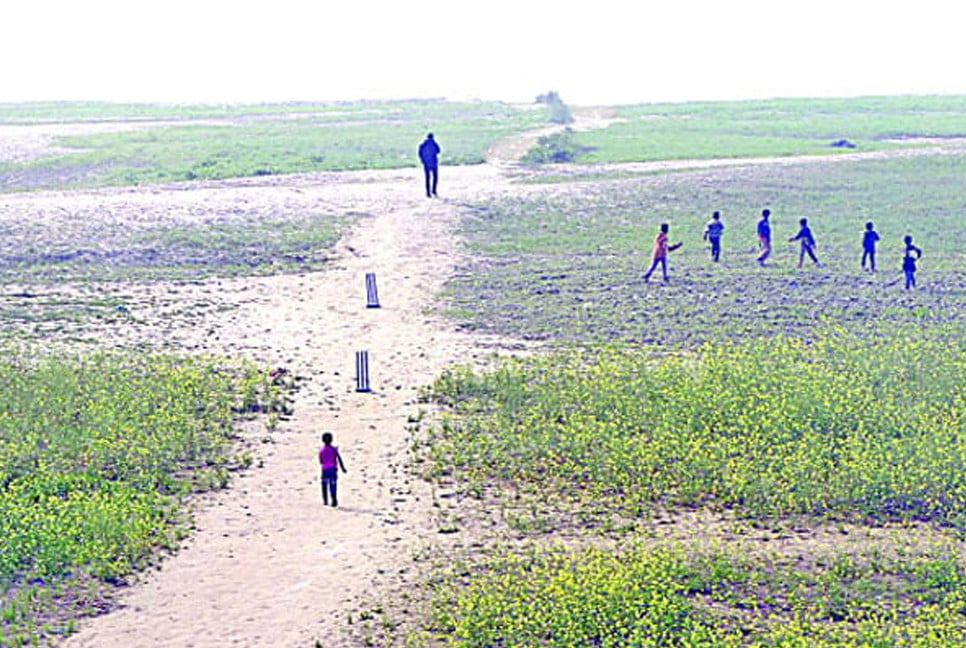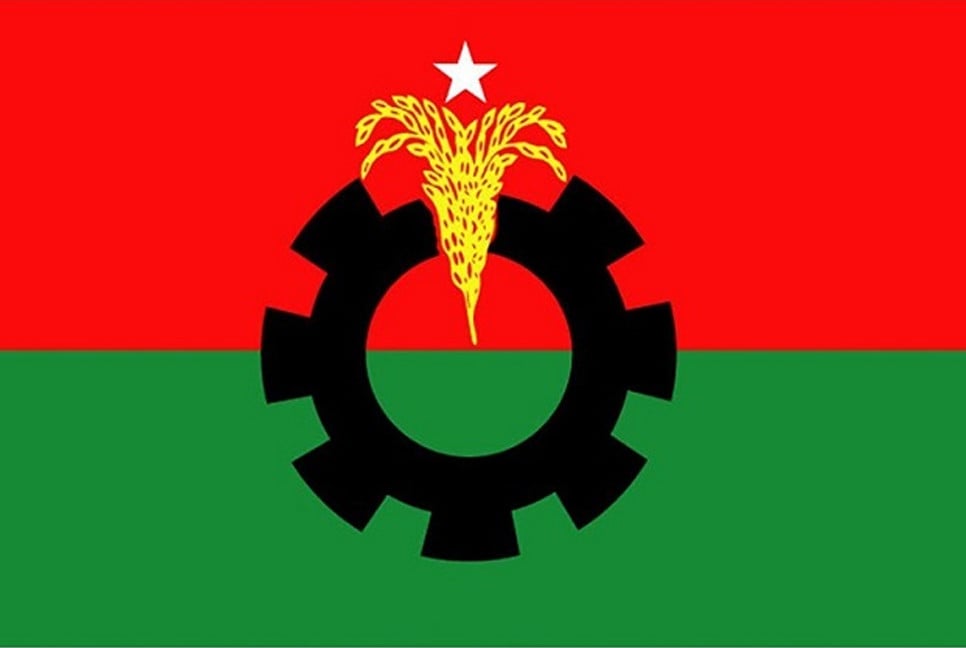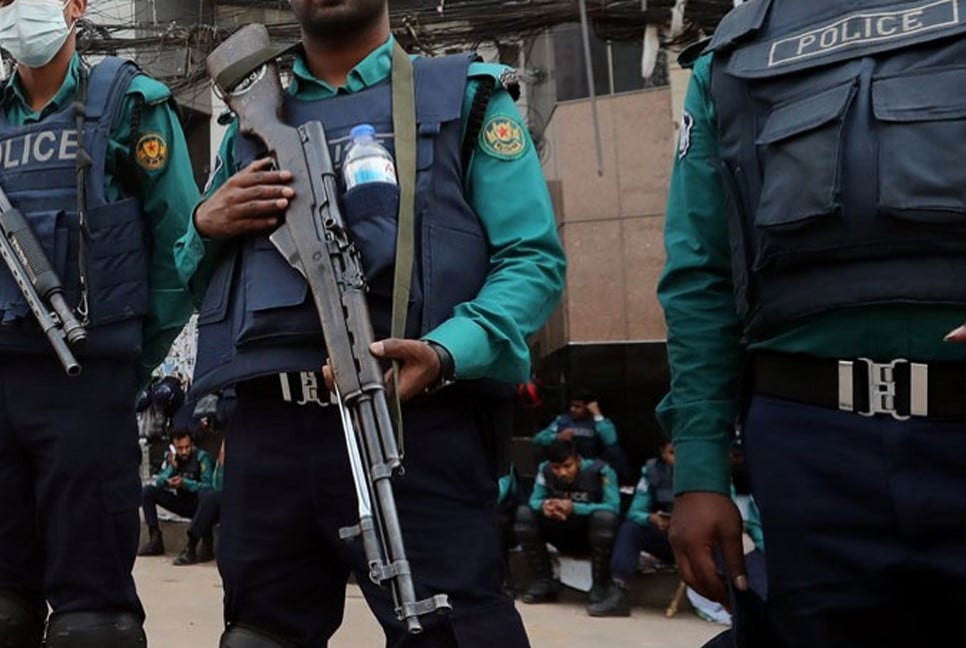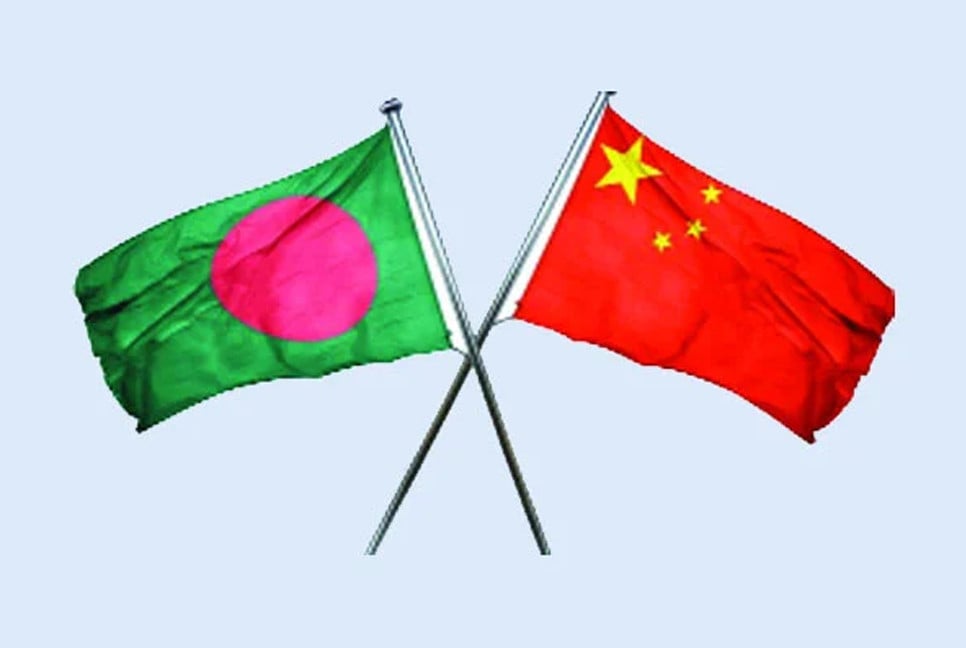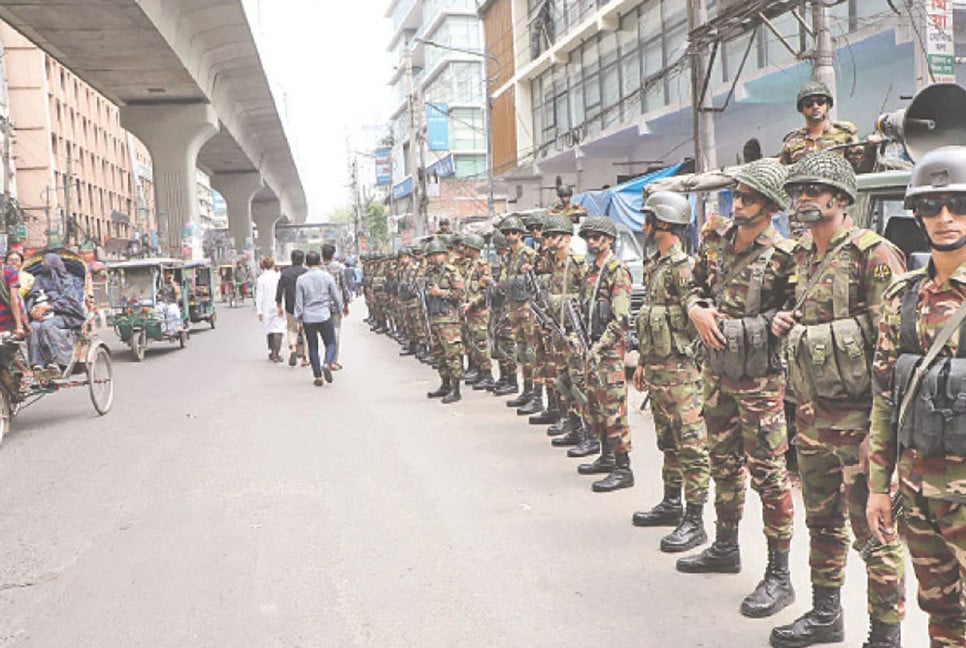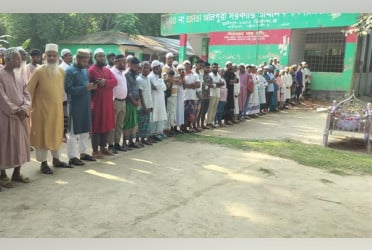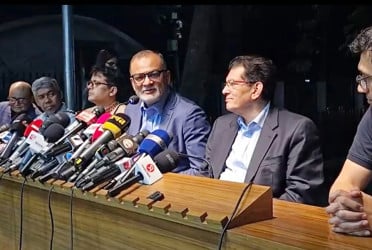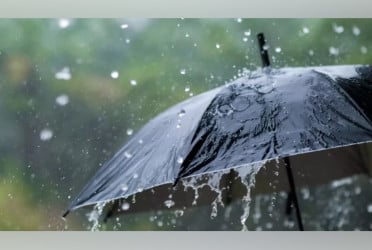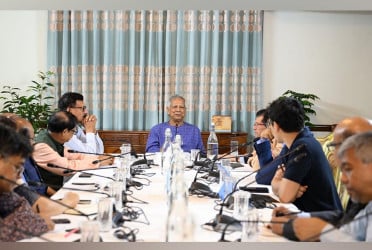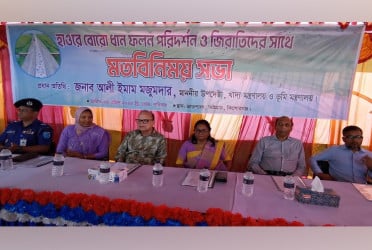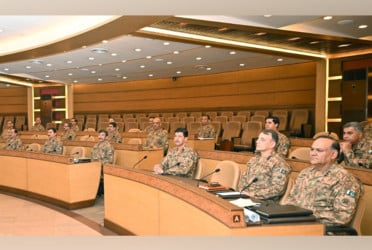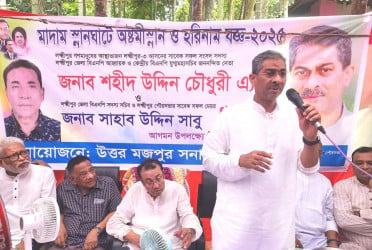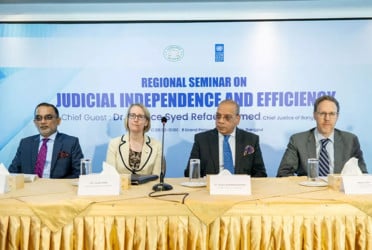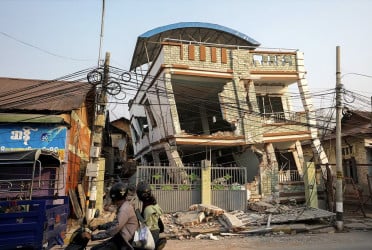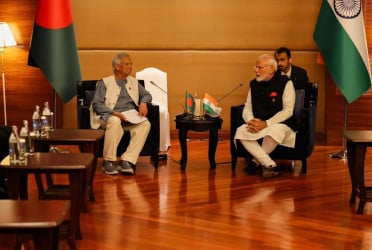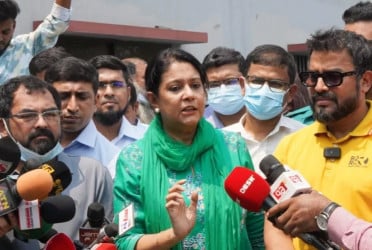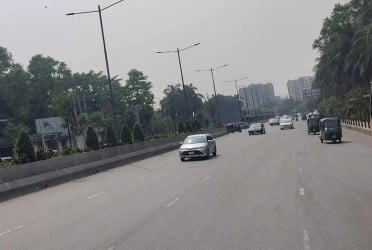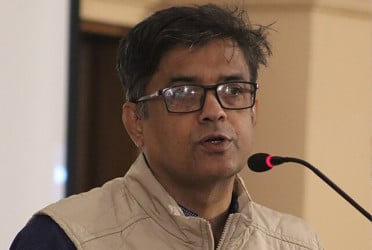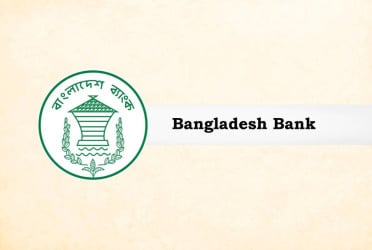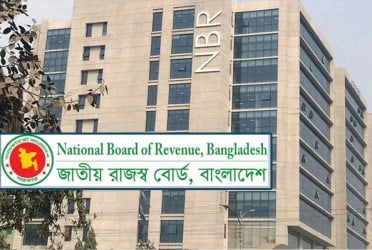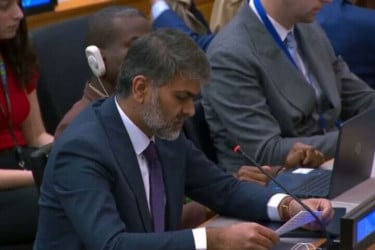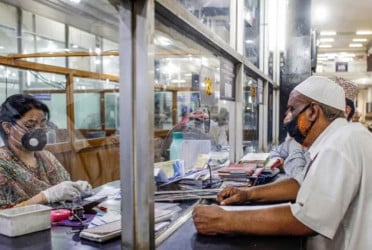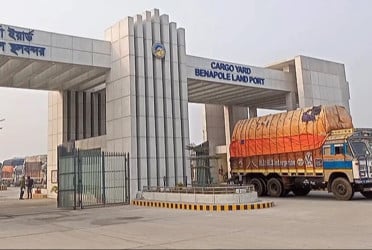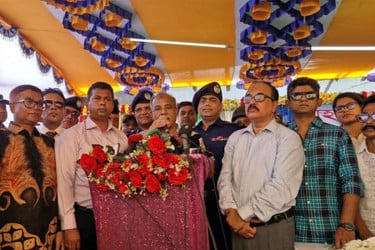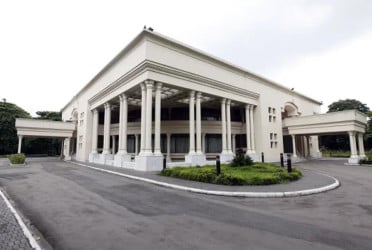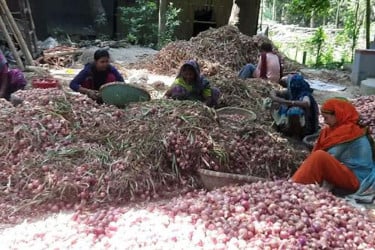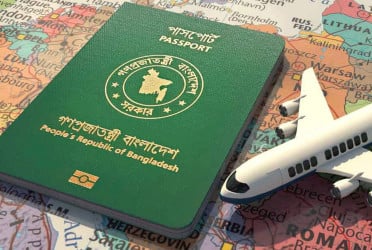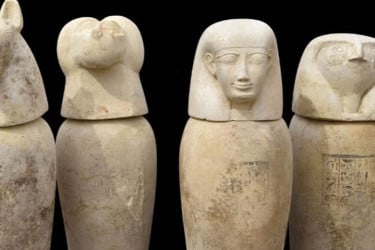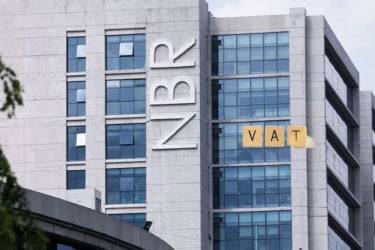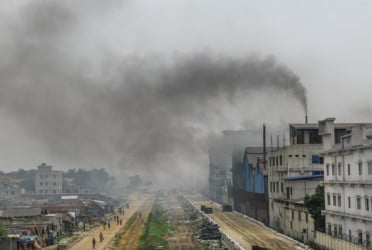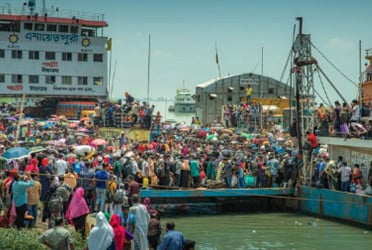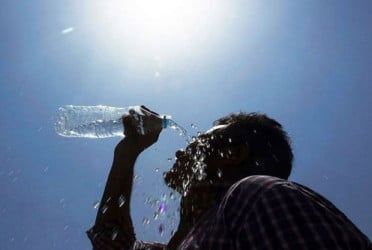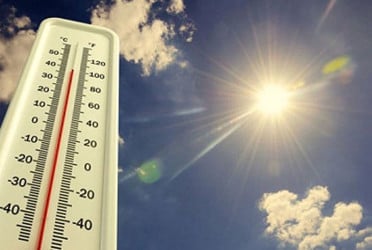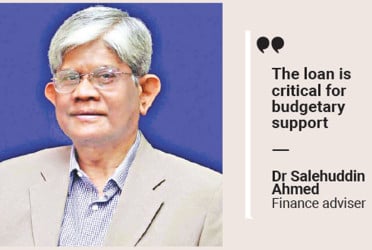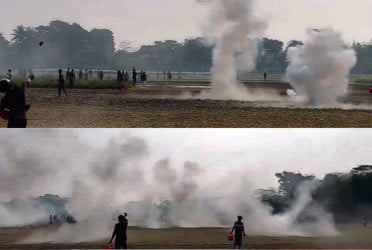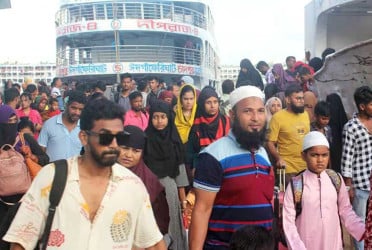The once-robust Padma River is no more visible now. This major river of the country has shrunk in size. Due to the decrease in the upstream water flow, a large part of the Padma flowing past Rajshahi has now turned into sandbars during the dry season. This change has threatened the lives, livelihoods and environment of the people living on the banks of the rivers that merges with the Padma.
Passengers have to cross a huge sand bed in a motorized vehicle to reach the river bank and board on boats. Due to the decrease in the water level of the river, the fishermen on the banks of the river are now unemployed. Many are changing their professions. The size of the Padma river has been gradually shrinking for the past few decades due to the decrease in the upstream water pressure for the dam in Farakka, India. This year, the crisis has worsened due to the sudden decrease in the water flow in the Padma during the dry season.
According to the Joint River Commission, the flow of Padma water was measured at Hardinge Bridge Point in the first 9 days of this January at 65,750 cusecs. Last year at this time, the flow of water at that point was 85,316 cusecs. Executive Engineer of the Water Measurement Department of Hydrology Pabna Divisional Office, Jahedul Islam said, "As per the 1996 Ganga Water Sharing Agreement, this year too, like every other year, the delegation of India and Bangladesh is measuring water from the first day of the year."
He said, “As the flow of water at Farakka Point is much less this year, the flow of Padma water at Hardinge Bridge Point is about 20,000 cusecs less than last year since the beginning of this year.”
He claimed, "Although the flow of water is less than that of last year, Bangladesh has received water as per the agreement."
It was seen on the ground that several parts of the river have dried up since the beginning of this year due to the decrease in the flow of water in the Padma. Miles after miles of sandbars are visible here. In the Barakuthi area bordering Rajshahi, it has been seen that passengers have to cross 4 kilometers of the river, which is about 5.5 kilometers wide, in mechanical vehicles and then can take boats. The vast sandbars in the heart of the mighty Padma have to be crossed by various vehicles including bicycles, motorcycles, vans, auto-rickshaws, human haulers and then people can come to the river bank by boat. This has cost a lot of time and money.
Ramzan Ali of Harian Union in Paba Upazila, which is located on the banks of the river, said, “The course of the river has gradually changed. Now, about 80 percent of the entire river is full of sand beds.”
River researcher Mahbub Siddiqui said, "The course of the river has been altered due to making dams in several places. Unplanned construction work has damaged the river in several parts. Sand is being lifted in unplanned way from the band beds of the river and it disrupted the flow of river. Proper planning is needed to save the Padma.”
Arifur Rahman Ankur, executive engineer of the Rajshahi Water Development Board, said, "Padma is part of an international river. The source of water here is not in our hands. Unplanned activities have caused more damage than the natural disasters that affected the Padma very badly."
Bd-pratidin English/Lutful Hoque

